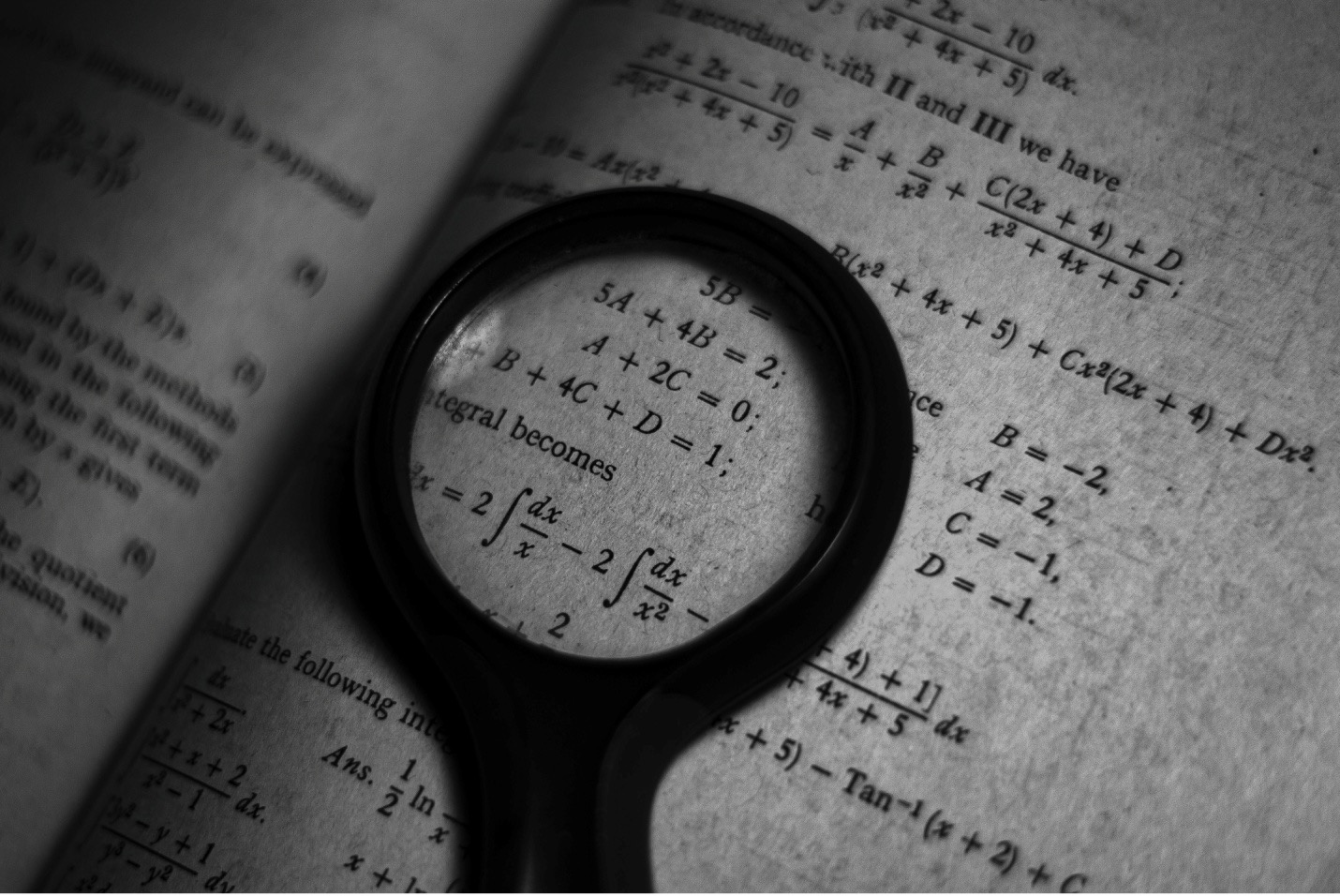Great Moments in the History of Mathematics
by Deborah Sue
Although one of the oldest scientific fields with an extensive social and scientific influence, there's still no Nobel Prize in math, however, many mathematicians received this prestigious award in fields like physics. The study of numbers, space, objects, and formulas is as old as human history, so counting all the great moments in the history of math is all but impossible to achieve.
Nevertheless, we did some research and came up with some of the most influential moments in history when math changed the world as well as when the world of math was changed. From Pythagoreans to the first computers, here are some of the greatest moments in the history of mathematics.

Pythagorean community – paving the way for modern math
In the sixth century before the birth of Christ, there was a Balkan philosopher called Pythagoras who spend much of his life trying to solve the mysteries of the world through an abstract method used in Egypt and Mesopotamia to solve practical problems such as dividing a piece of land or digging a well. However, unlike the original makers of geometry and arithmetic, Pythagoras saw that certain axioms could serve as a platform for all other deductions and thus created the basis for modern math.
Moreover, the Pythagorean community was the first scientific group that allowed women to participate. Theano of Crotone was one of the most notable Pythagoras’ female students, known for her work on The Golden Mean and The Golden Rectangle. Before this group promoted female scientific engagement, Athenians and some other progressive societies of the age, allowed women to listen to lectures but didn’t allow them to speak up or engage or any scientific work of their own.
The discovery of Algebra – setting up the balance
In the 9th century, a Persian mathematician Muḥammad ibn Mūsā al-Khwārizmī wrote a monumental piece of scientific research, called Al-Jabr, which western scholars came to call “Algebra”. The discovery of algebra allowed mathematicians to create a balance between two sides of the equation; however, the possibilities of this math field expanded as time went by. If you have spent hours online looking to solve forms of linear equations you thought were impossible, that’s thanks to centuries of improvements of algebra as the foundation of all linear equations and numerous other modern fields of research.
The ability to create a balance between numbers and symbols had an enormous practical value as it provided means to settle trade problems, inheritance issues, or surveying. Unlike the Greek mathematical concept that more or less included nothing but Geometry, irrational and rational numbers, geometrical magnitudes, geometric objects, and numerous others were treated as algebraic objects that could be balanced out.
The works of Isaac Newton
During the middle of the 17th century the bubonic plague was spreading throughout Europe and young Isaac Newton decided to flee Cambridge and go back to his hometown of Woolsthorpe to avoid getting sick. During his lockdown, Newton was on a task to come up with a way to calculate orbits of celestial objects which eventually lead him to the discovery of two math concepts called derivative and integrals. These two concepts were used to come up with a way to explain numerous natural laws, determine the center of gravity within objects, movements of the clouds, viral infections, or even economic growth.
The contribution of Sir Isaac Newton is virtually immeasurable, however, we mention these two concepts as one of the most important findings in math and physics, as their discovery allowed scientists to explain much of the natural occurrences and behavior of celestial objects. Both derivation and integration belong to the fundamental theorem of infinitesimal calculus, which shows that both derivation and integration are inverse mathematic operations because they return to their initial value if applied correctly.
Conclusion
There are numerous other points in history when mathematics was used to change the world or the world of mathematics was changed by a revolutionary concept. Thanks to math, we can now understand the world around us much better; we know why certain laws of nature are at work and how to utilize them to our benefit so we could develop tools and new theories. Math explains music, art, movement of the planets, and so much more that it’s difficult to explain anything in the world without using some form or concept related to or coming from math.
Author Bio:
Michael Turner is a freelance content writer engaged with numerous online publishers. His work is based on deep research and authentic sources of information. As a writer, Michael aims to deliver practical and informative content that the audience could relate to or find use in everyday life.
 >
>